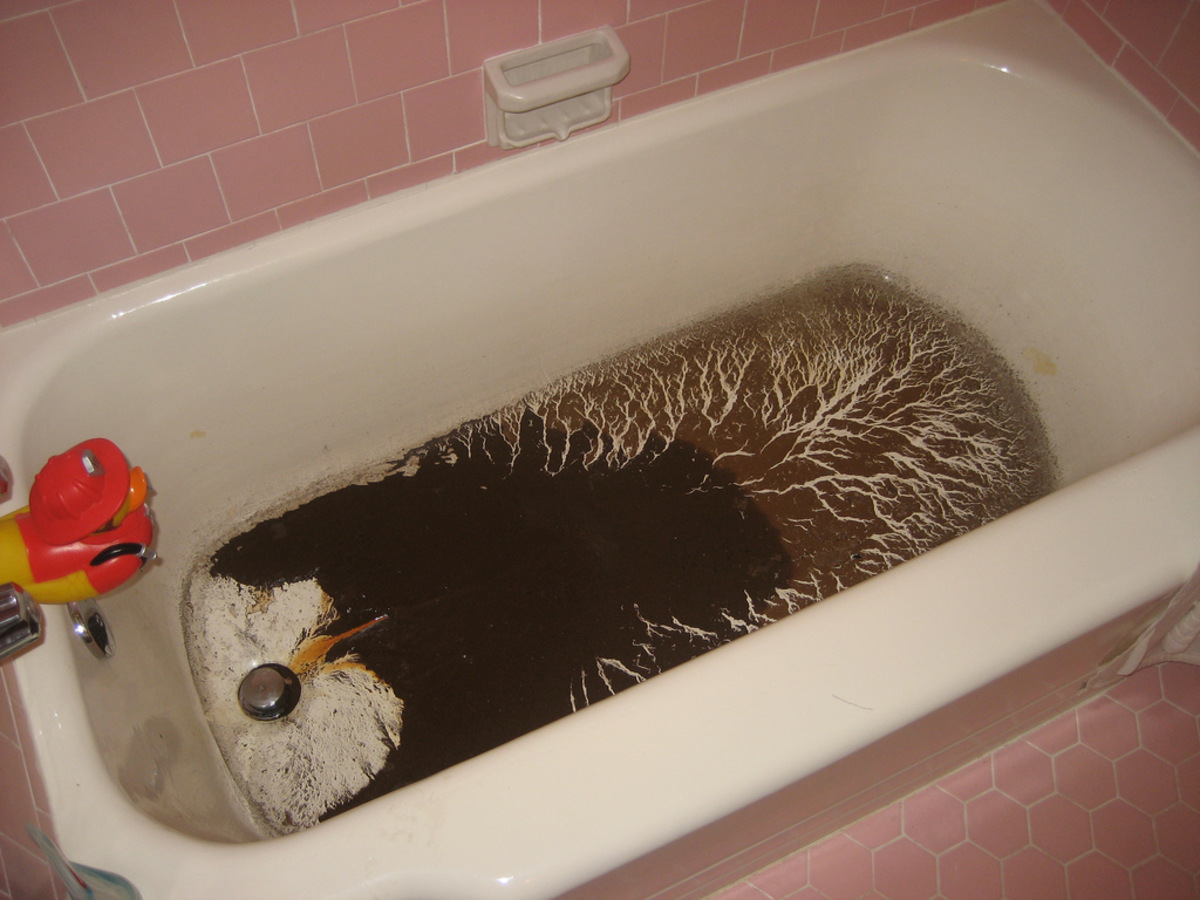Unpacking the Causes of Sewage in the Bathtub
Unpacking the Causes of Sewage in the Bathtub
Blog Article
What are your opinions about What to Do if Sewage Starts Coming Up Through Your Bathtub?

Sewage backup in the bathtub can be a traumatic and unsanitary problem for any kind of property owner. Not just is it troublesome, but it likewise poses major health and wellness dangers and indicates underlying issues with the plumbing system. Understanding why sewer is showing up through the tub is important for taking proper action to address the trouble properly.
Introduction to the Concern
Common Reasons for Sewage Back-up
Blockages in the Sewer Line
Among the most common causes of sewer back-up is a clog in the drain line. This can happen because of the build-up of debris, oil, or international things in the pipes, preventing correct flow and creating sewage to support right into your bath tub.
Tree Root Breach
Tree origins looking for moisture and nutrients can penetrate drain lines via little splits or joints. Gradually, these roots can grow and expand, triggering considerable damage to the pipelines and causing sewage backup concerns.
Understanding the Trouble
When sewage starts backing up into the tub, it's a clear indication of an issue with the drain system. The wastewater that needs to be moving far from your home is instead finding its way back right into your home, which can lead to significant damages and health hazards.
Potential Reasons
A number of variables can add to sewer backup in the bathtub. From clogs in the drain line to issues with the plumbing framework, identifying the source is crucial for finding a service.
Aging Framework
Older homes may have outdated plumbing systems that are much more vulnerable to deterioration, splits, and damage. As pipelines age, they become a lot more vulnerable to leakages and clogs, enhancing the chance of sewer back-up cases.
Heavy Rainfall or Flooding
During periods of heavy rainfall or flooding, the sewer system might come to be overloaded with excess water, triggering backups and overflows. This can cause sewer supporting right into tubs and various other components inside the home.
Signs of Sewer Backup
Foul Odors
Unpleasant odors originating from drains pipes or fixtures, specifically in the restroom, may show sewer backup problems. These smells are typically solid and persistent, signaling a trouble that needs instant interest.
Slow Draining Fixtures
Tubs, sinks, and bathrooms that drain gradually or not in any way could be experiencing sewage backup. If several fixtures are influenced all at once, it's likely that the problem stems from a typical factor, such as the primary sewer line.
Gurgling Noises
Odd gurgling or gurgling sounds originating from drains pipes when water is running elsewhere in your home are a measure of air trapped in the plumbing system. This air accumulation can result from sewer back-up and need to be checked out quickly.
Health Threats Associated with Sewage Back-up
Contamination of Water System
Sewage back-up can contaminate the water in your home, posturing a severe health risk to you and your household. Direct exposure to polluted water can result in stomach concerns, skin infections, and various other ailments.
Mold and mildew Development
Dampness from sewage back-up can produce optimal problems for mold growth in your house. Mold spores can intensify respiratory system issues and cause allergies in delicate people, making punctual cleanup crucial.
Spread of Illness
Sewage consists of dangerous bacteria, viruses, and parasites that can trigger a range of diseases, including liver disease, cholera, and gastroenteritis. Entering into contact with sewer or contaminated surface areas places you in danger of infection.
Tidying up After Sewage Backup
Disinfection Procedures
Completely disinfect and sanitize affected locations after sewage backup to remove unsafe germs and stop mold development. Use appropriate cleaning items and safety gear to guarantee safe and reliable clean-up.
Repair of Impacted Areas
Repair any kind of damage to floor covering, walls, or fixtures caused by sewer back-up. Depending upon the extent of the damages, you might need to change carpeting, drywall, or other products to restore your home to its pre-loss problem.
Immediate Actions to Take
Switching Off Supply Of Water
In the event of sewage back-up, it's essential to switch off the water supply to stop more contamination and damages. Situate the main water shutoff valve in your house and closed it off up until the problem can be solved.
Getting In Touch With a Professional Plumber
Managing sewer backup is not a DIY work. Contact a certified plumber with experience in dealing with sewage-related issues to assess the scenario and execute needed fixings or cleanups.
Staying Clear Of Contact with Infected Water
Until the sewage backup is dealt with, prevent contact with contaminated water to stop the spread of germs and virus. Use protective equipment if you should remain in the damaged area and wash your hands completely later.
Preventive Measures
Routine Maintenance of Sewer Lines
Set up normal assessments and maintenance of your sewage system lines to recognize and resolve prospective concerns prior to they escalate right into significant troubles. This can include cleaning debris, checking for tree origin invasion, and fixing any type of damaged pipelines.
Mounting Backwater Shutoffs
Think about setting up bayou shutoffs in your plumbing system to prevent sewage from flowing back right into your home throughout durations of heavy rainfall or flooding. These valves automatically close when water draws back up, protecting your residential property from contamination.
Proper Disposal of Home Waste
Prevent flushing anything apart from toilet paper and human waste down the commode to stop obstructions and blockages in the sewage system line. Dispose of grease, oil, and other home chemicals correctly to decrease the risk of plumbing troubles.
Why Is Water Backing Up in My Bathtub When I Flush My Toilet?
What to do about a sewer line clog
First, don’t bother with plunging. No amount of plunging will dislodge the clog in a sewer line. The clog is too far away. Plungers are for clogs in the toilet itself, not the sewer line. Plus, the most likely causes of a sewer clog are:
Tree roots Flushed toys or feminine products Grease buildup Those items don’t move easily. And in the case of tree roots, the roots need to be cut out of the pipe and the pipe will need to be repaired.
You’ll need a closet auger. A closet auger is a type of plumber’s snake with a protective cover to keep from scratching the delicate porcelain toilet. If the clog is further down, you may need to remove the toilet or use one of your cleanouts to get to the clog.
We also recommend doing a video inspection of the drain to ensure that the cause of the clog has been completely removed. Otherwise, you could have the same problem again in a few days or weeks.
https://mspplumbingheatingair.com/blog/why-is-water-backing-up-in-my-bathtub-when-i-flush-my-toilet

Do you enjoy reading about What to Do if Sewage Starts Coming Up Through Your Bathtub? Try to leave a remark down below. We will be delighted to listen to your feelings about this blog post. We hope to see you back again in the near future. I beg you take a moment to share this blog if you enjoyed reading it. Many thanks for being here. Please visit our site back soon.
Estimating
Report this page